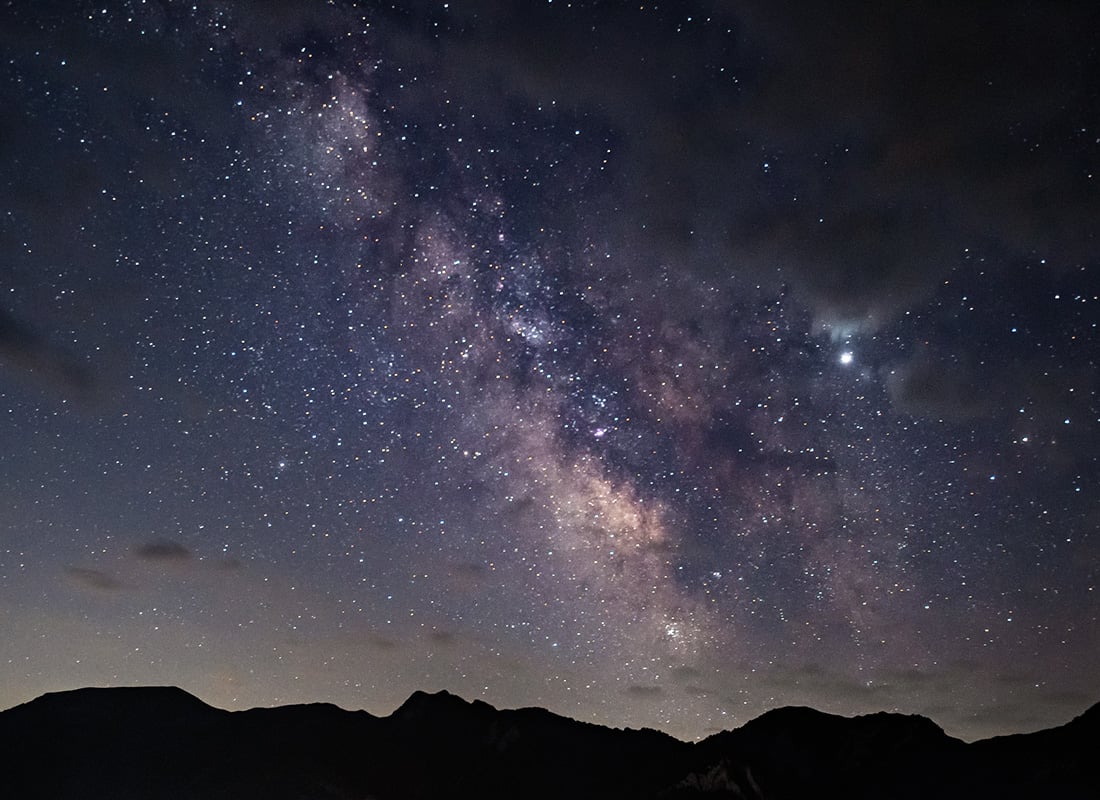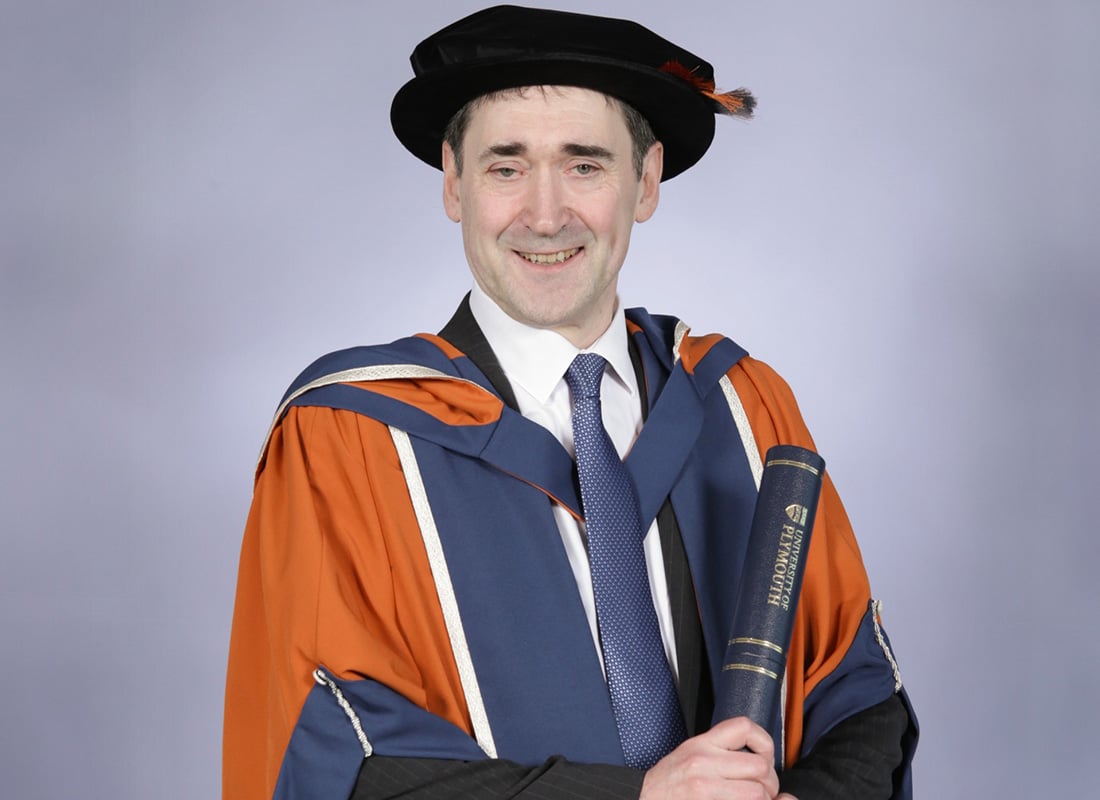ITNOW’s Popular Computer Science (PopCompSci) series highlights the most exciting and unexpected developments in computer science and technology. Today, we take a look at the latest from the Euclid space telescope.
The European Space Agency’s (ESA) Euclid space telescope has released its first complete set of survey data, offering a sweeping view of the universe that includes more than 26 million galaxies, 500 gravitational lens candidates, and dozens of transient cosmic events — all captured in just one week of observations.
‘Euclid shows itself once again to be the ultimate discovery machine’, said Professor Carole Mundell, ESA’s Director of Science. ‘We are unlocking a treasure trove of information for scientists to dive into and tackle some of the most intriguing questions in modern science.’
Covering 63 square degrees of the sky — over 300 times the area of the moon at its fullest — the Euclid telescope images showcase galaxies up to 10.5 billion light years away, mapped in extraordinary detail using its two instruments: VIS, a visible-light camera, and NISP, a near-infrared spectrometer.
For you
Be part of something bigger, join BCS, The Chartered Institute for IT.
In the Perseus cluster alone, the Euclid telescope identified 70,000 globular clusters and doubled the known number of strong gravitational lenses. ‘It gives us fine detail over a vast scale’, said Professor Mark Cropper (UCL), who led the development of the VIS camera.
The mission also captured transient events, including supernovae, gamma-ray bursts and fast radio bursts. According to ESA project scientist Dr Valeria Pettorino, ‘One observation of the deep field areas has already given us a wealth of data...from galaxy shapes to star formation.’
A key focus is mapping the cosmic web and better understanding dark matter and dark energy — mysterious forces that make up 95% of the universe. ‘Euclid’s stunning galaxy images offer key perspectives into the ‘nature vs nurture’ debate on galaxy evolution’, said Professor Ofer Lahav (UCL).
This early data marks the beginning of the Euclid space telescope’s six year mission to chart one third of the sky and revolutionise our understanding of the cosmos.












